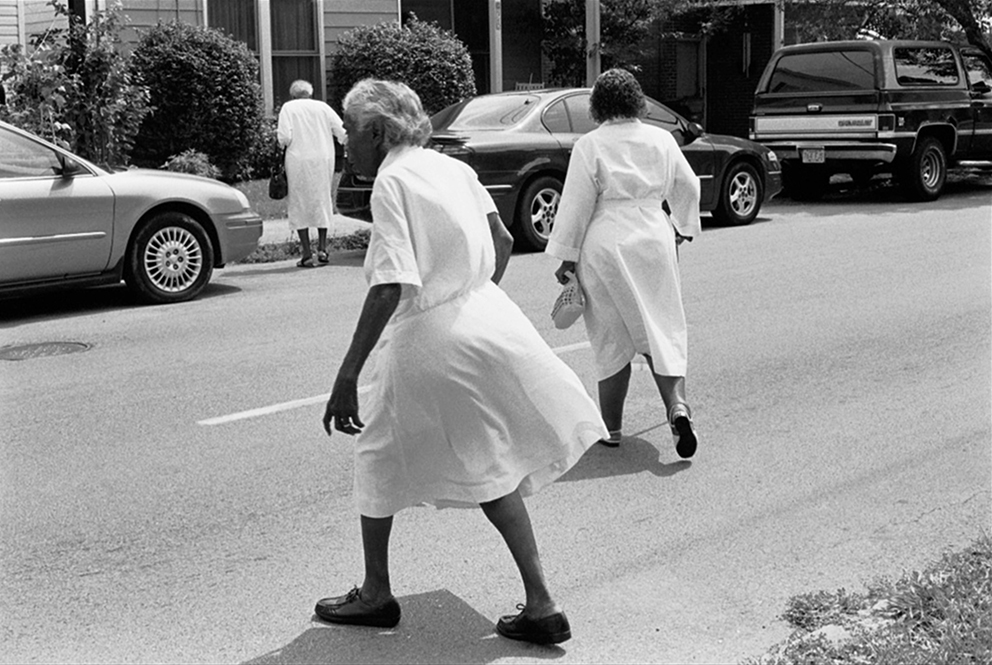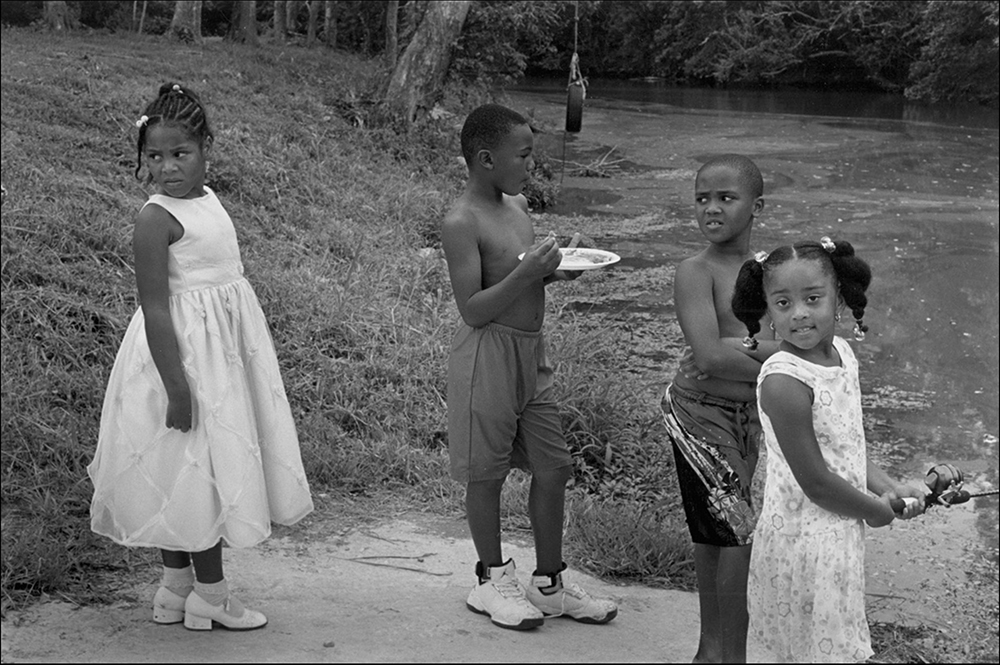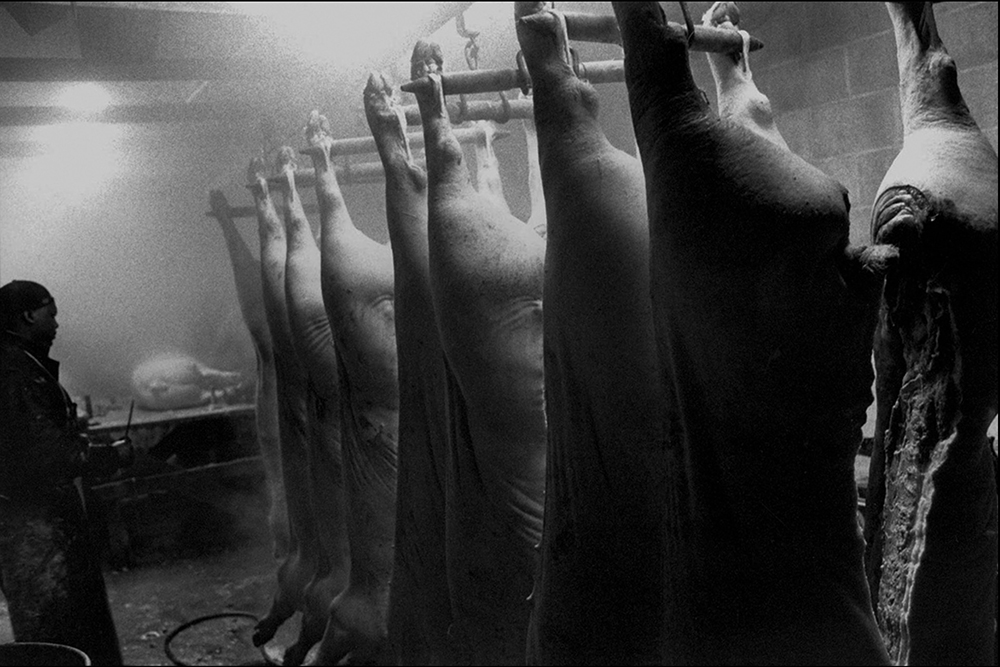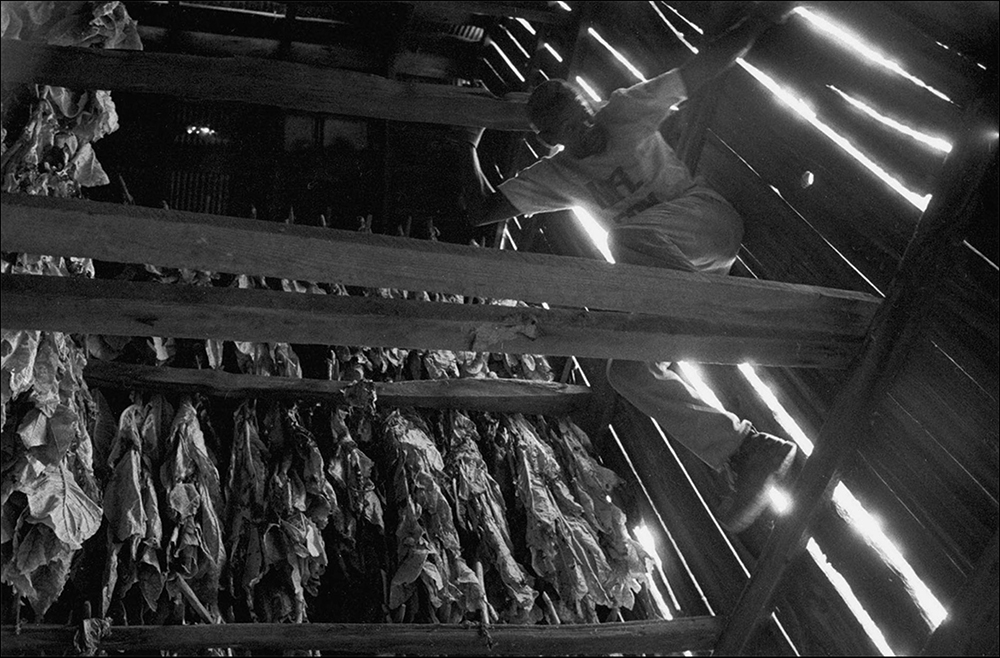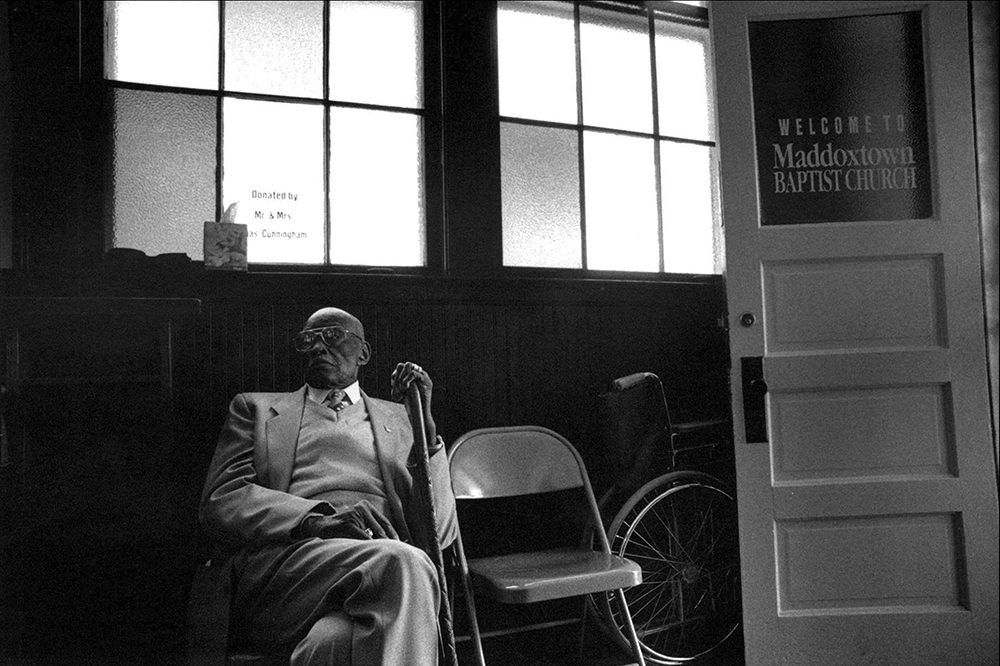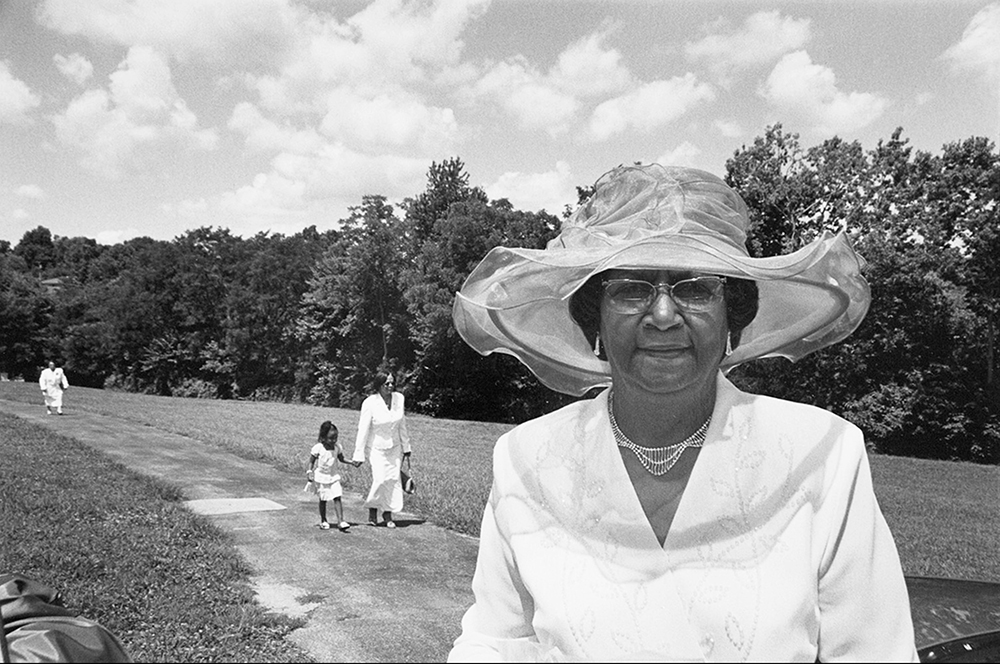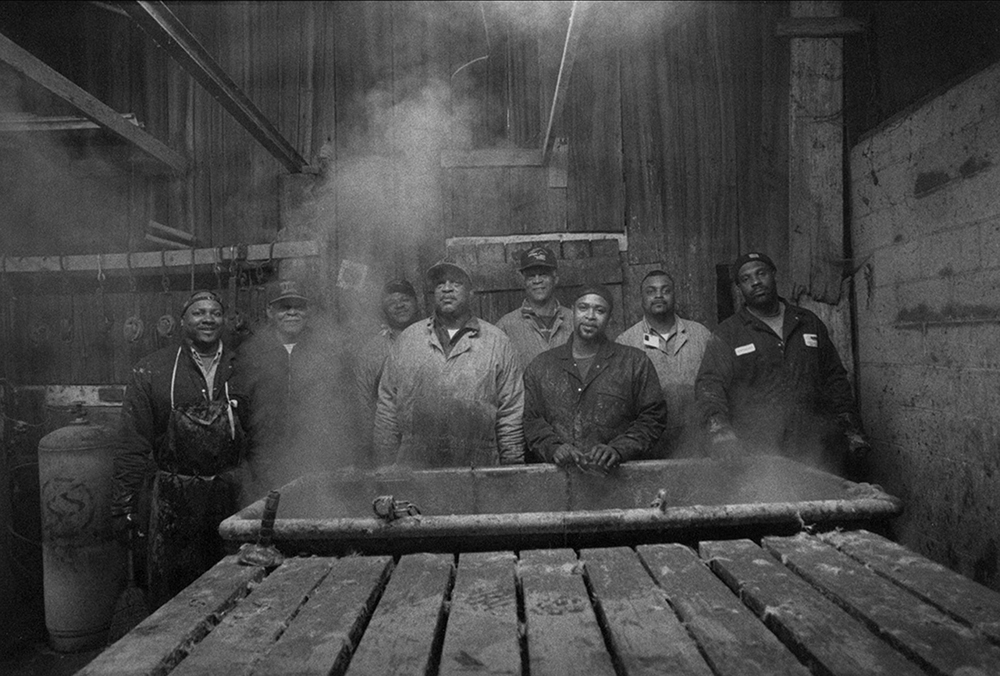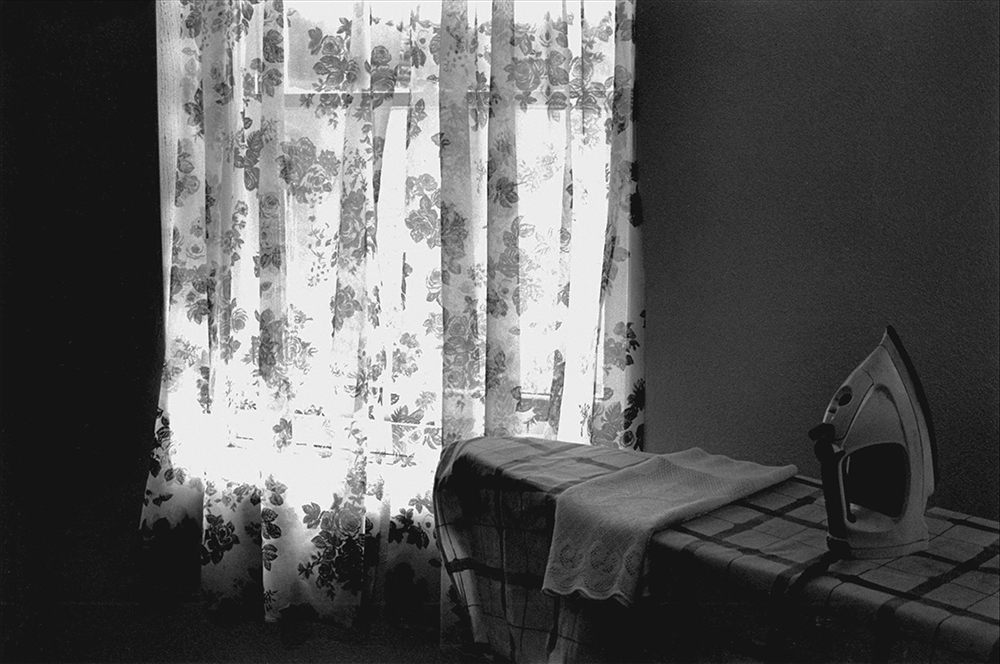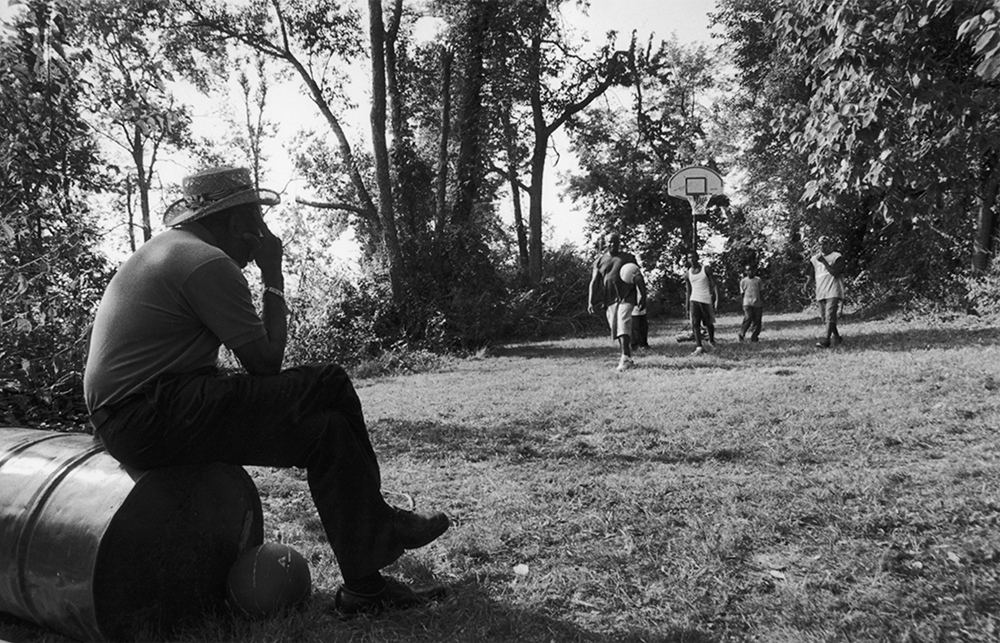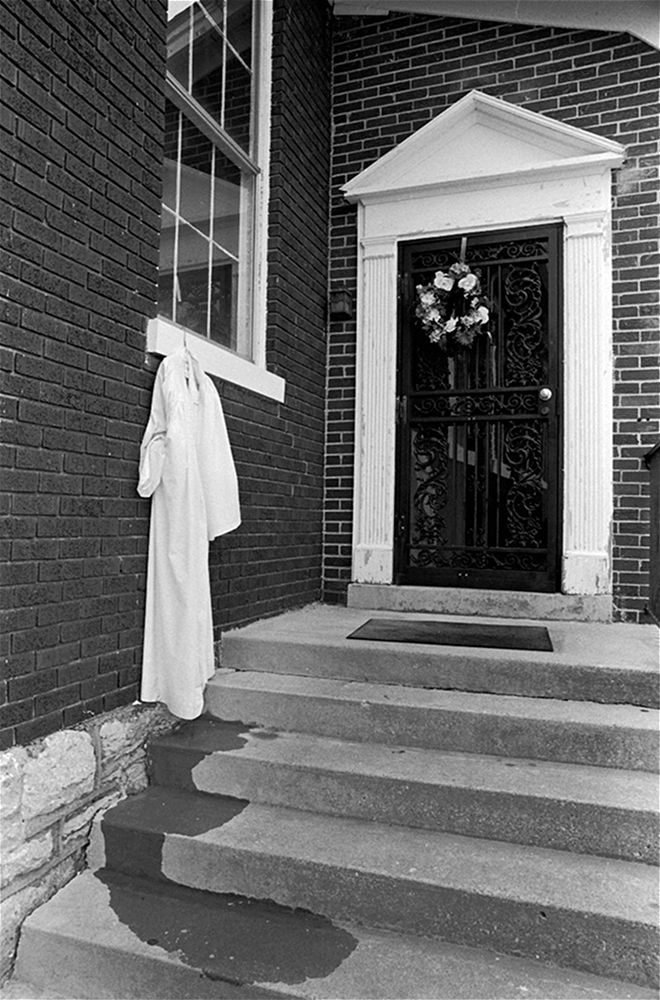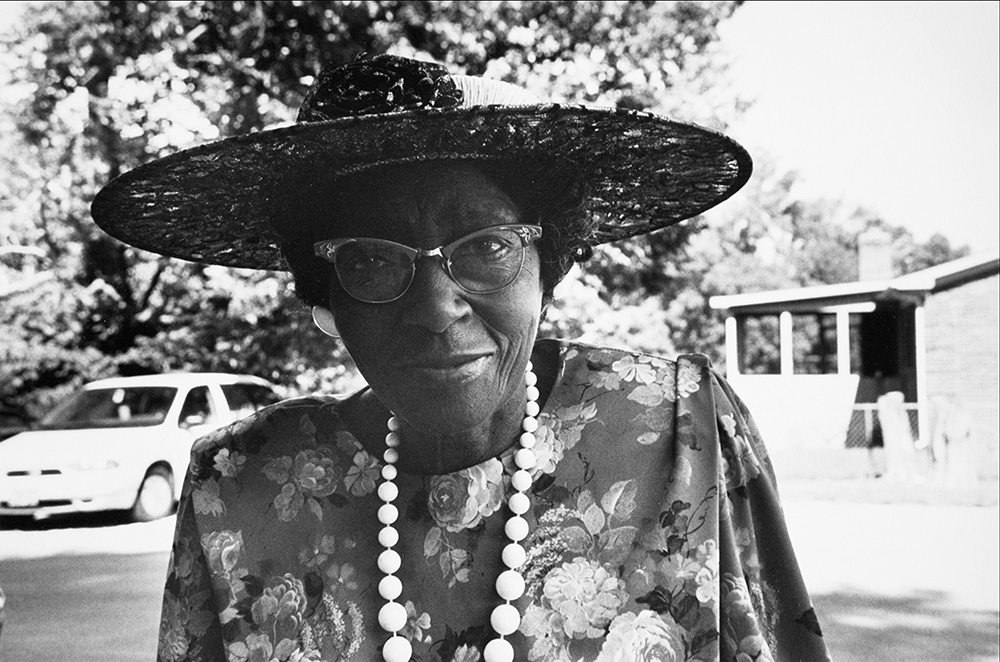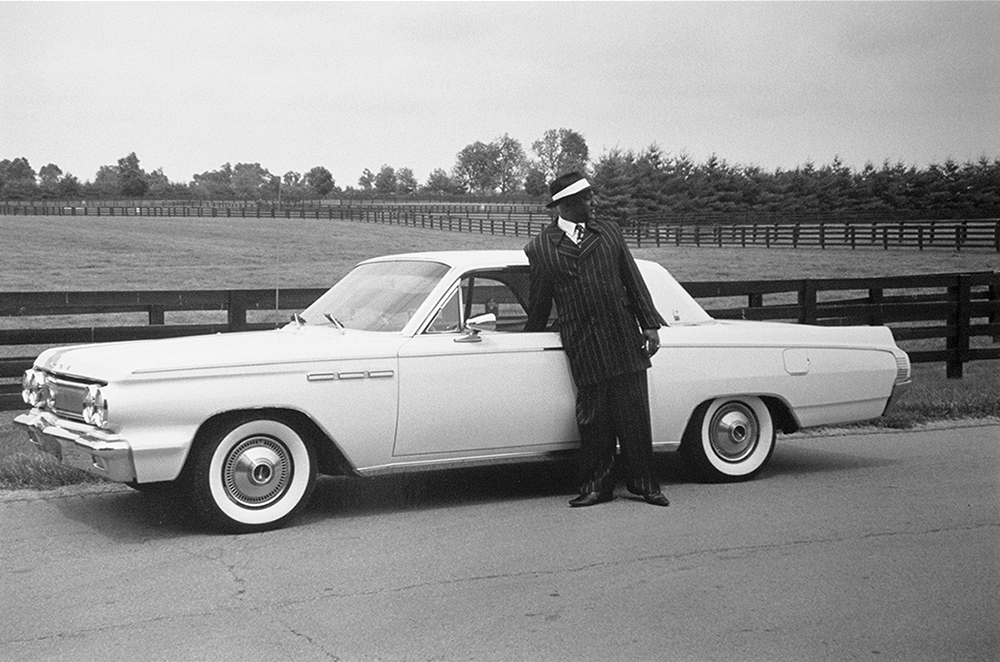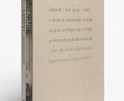Sarah Hoskins: The States Project: Kentucky
I was recently introduced to Sarah Hoskins’ work as a fellow Lexington photographer who imbeds themselves into communities for their practice. I was immediately intrigued by her ability to get access to these small communities and show their intimate moments. The photographs depict families and friends living their lives working, relaxing and worshiping together. Sarah’s work with the towns of eastern and central Kentucky seem to be an investigation of not the general culture and economy of the region, but of relationships and a way of life. I am constantly reminded of the work of Arthur Rothstein’s work in Alabama in the late 1930s. Both are not looking to exhibit labor and abuse of these communities, but their way of life and a portrait of a region and its angelic citizenry.
Sarah Hoskins is a documentary photographer mainly working out of Chicago and Lexington, Kentucky. Her work focuses on african amercan communities throughout Kentucky and has been exhibited at many national and international venues and will soon be included in an upcoming exhibition at the Museum of Fine Arts, Houston. Her images are included in many collections such as the Smithsonian Institute, Center for Photography at Woodstock, Yaddo, Duke University’s Rubenstein Library and was included in the Art for Obama: Designing Manifest Hope and the Campaign for Change.
The Homeplace
The name comes from an invitation to join the Howard family for Sunday supper at their “ Homeplace”, where generations have grown up moved away and come back to. There isn’t just one community where these images were made but many, however they all are intertwined through history, geography, friends, family and traditions which I have tried to capture these past 19 years on film.
What began as strictly a documentary project turned into something else along the way. My life became intertwined with those in the communities I am photographing. They became my friends, my family. Back in 2003 a photography publication did an article on me and included my statement that I was not an objective observer. That still holds true. Especially here. The Homeplace is comfort. The place you can go back to no matter how many years have passed. It will always hold something familiar something safe, and will always welcome you back no matter how long or why you have been away.
Over the years like so many photographers I apply for grants to help me fund my work. I would love to be rewarded with funding, it would certainly help. However, rewards come in different forms. This was written over 16 years ago by one of the residents. It is what I am most proud of.
“Her presence in our communities over the years has renewed a pride in the old hamlets. She is well-known and received by the older members of the communities who are often very skeptical when visitors “show up” but yet have been revitalized because someone is taking the time to show sincere interest and concern for them. I only wish I could fully express the importance of her work and what it means to all of us. From Maddoxtown to Jimtown, from New Zion to New Vine, from Utteringtown to Peytontown, from Bracktown to Cadentown (to name a few) she has made good friends who eagerly anticipate her arrival each time she ventures from Chicago Illinois. As a result she has compiled a list of names—friends given her by local residents that is quite extensive and she manages to keep in contact with many of us by phone. She is so highly favored because she did not come to take away from us like so many do, but unknowingly she has restored a sense of pride once again in our African-American heritage. “ – Sarah Hoskins
James R. Southard: You said that the homeplace was a place of comfort. Somewhere you can always return to. Did you feel this way the first time you visited your subjects and introduced yourself? I would love to hear more about how you found yourself in these african american communities in the bluegrass.
Sarah Hoskins: Yes, I did feel that way after the first visit.
I was always invited back, even on a first visit with someone new. Usually with a new visit the person already knew about me, someone had told them. Or I was told things like this……
“You should meet my dad.” “Go next door and talk to Mr. Figgs.” “Daddy is killing hogs tonight if you want to come.” “ Have you been down down to so and sos…..that is, and has been how it has gone. It is why I have been doing it for 19 years. With each new person or place I am led to something and someone else.
All of my projects stem from one and another. The Homeplace is no different. I used to photograph for Arlington Park Racetrack, which led me to a photograph for a magazine called the Backstretch. Which led me to the communities. My Homeplace project has led me to other projects as well, like Rosenwald Schools and The Green Book.The Homeplace work led me to be invited to Lynch, KY and while there I photographed the mother of a woman I had met and photographed in the hamlets. All of my work is connected and it all stems from each other.
It sounds to me like a big part of your practice is to embed yourself into these community’s. There is a heavy dose of journalism in your work and I am curious to how you came to this work methodology. Did your artwork emerge from your editorial jobs or is this something you studied years before?
Yes, I think that is accurate. It’s about relationships and trust.
I was a photography major at Columbia College, I suppose my work was all over the boards then as a 20 year old. Some documentary, a series of still lives. I had no illusions of being an “art star”. There were no “30 under 30’s” back then. I needed a job after graduation and thought I was going to be a fashion/studio photographer. I worked at a catalog house in Chicago. I was the only female photo assistant. There were 26 male photographers, 13 male assistants and me. I quit after a guy was moved up before me who started after me. I know I was a better assistant than him.
My personal work was put on the back burner while I was trying to make a living as an assistant and later as an editorial shooter. In the late 1980’s I did an editorial assignment photographing for a literacy magazine. I was hired to photograph adults who were going back to school to read and write. I photographed in a women’s prison and in a small black community in NC. I believe that job really got me back to who I started out as, a documentary photographer.
That said I found a paper I wrote as a freshman in college on Lewis Hine and Dorothea Lange and the FSA. I suppose that is who I always wanted to be. It just took me awhile to get back there.
It sounds like that is one of the common threads in your practice. You brought up earlier that one body of work will lead to the next. Since your strongest influences were the FSA and some of its greatest photographers, I would have to guess that you wish to use your photography to shine light on similar issues of both eras. The working class, neglected america and the disenfranchised. It is rather powerful stuff and I am curious to know who and who do you wish to be your audience.
I wish my audience to be those who can make change. Those that have influence, power or cash, the things that I do not.
I had a major institute/collection curator say to me over 10 years ago in regards to my work.
“Nobody cares about poor black people, maybe they will 150 years from now, but not now.” I carry her statement with me, always. If my work can matter 150 years from now I have done all right. She also missed something………….
They were not poor, they are the richest people I know. She missed what my work was about.
What makes for your perfect day of shooting?
It is walking into a place, often a new place. It is being in that perfect moment when you see it and you know it and you capture it. Or at least you hope you did. I work in film, there is no making a movie and clipping out a photo later. It is being in that photographic moment, just me and the viewfinder and it is as though there is nothing else around. Or at least it feels that way.
Those perfect shooting days for me are walking into a world I might not otherwise know or be allowed into if it weren’t for my camera. There have been days that have not started out feeling so perfect, like the times when I have had new people wonder who the hell I was and what I was doing there.
That perfect day might be that they warmed up to me and I am allowed to disappear and make photos. At the end of that perfect day it might go something like this, “ When are you coming back?” “ Have you been to so and so’s?” “ You need to go and photograph them.” And I do, and it continues, and it’s perfect.
Posts on Lenscratch may not be reproduced without the permission of the Lenscratch staff and the photographer.
Recommended
-
Aaron Rothman: The SierraDecember 18th, 2025
-
Photographers on Photographers: Congyu Liu in Conversation with Vân-Nhi NguyễnDecember 8th, 2025
-
Linda Foard Roberts: LamentNovember 25th, 2025
-
Arnold Newman Prize: C. Rose Smith: Scenes of Self: Redressing PatriarchyNovember 24th, 2025
-
Spotlight on the Photographic Arts Council Los AngelesNovember 23rd, 2025

